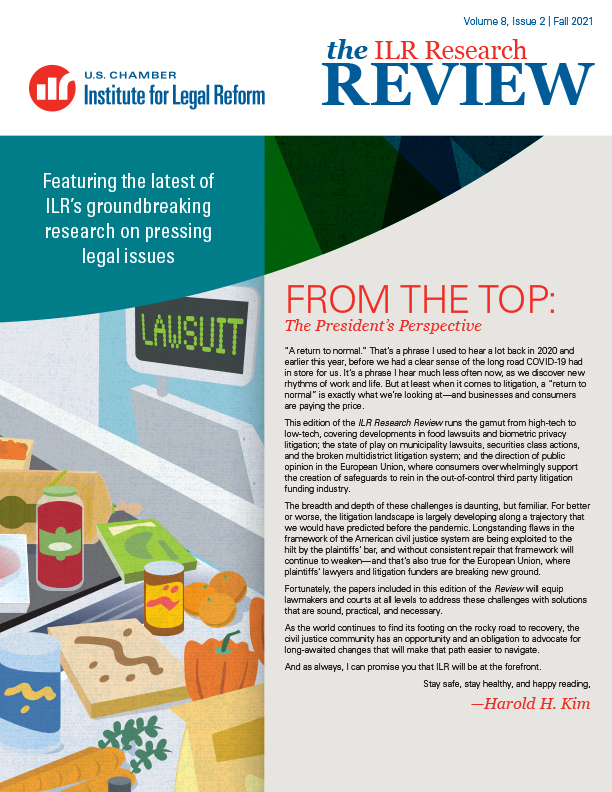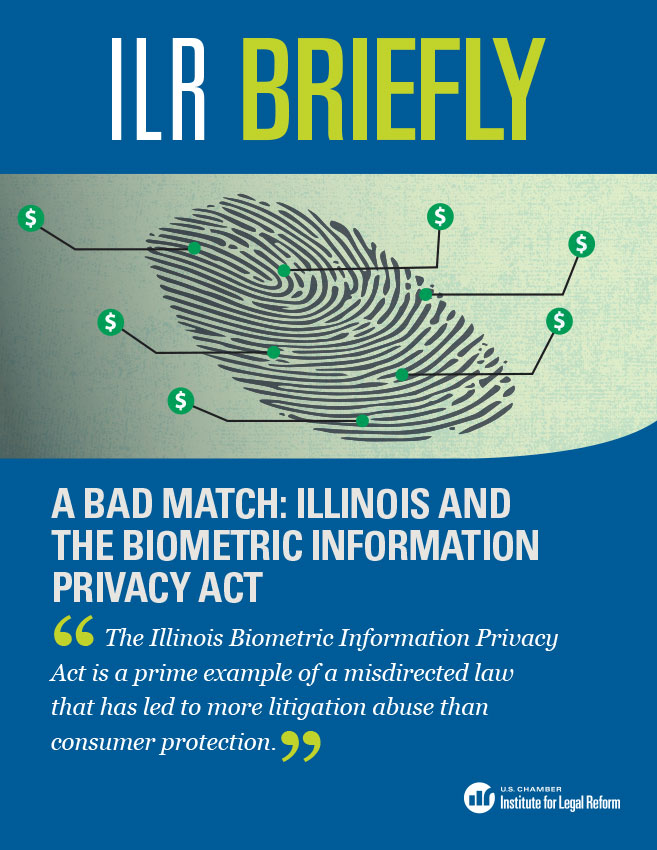Private rights of action (PRAs) are highly problematic and poor tools for addressing privacy issues. As has already been demonstrated by ILR and others, the plaintiffs’ bar benefits significantly from America’s lawsuit system. This white paper demonstrates that the same dynamic is at work when it comes to privacy litigation. By examining privacy class action trends under common law, state statutes, and federal statutes, the paper demonstrates that private rights of action are inefficient and ineffective for addressing privacy concerns. In fact, private rights of action in the privacy context often:
- Undermine appropriate agency enforcement and allow plaintiffs’ lawyers to set policy nationwide, rather than allowing expert regulators to shape and balance policy and protections
- Result in inconsistent and dramatically varied, district-by-district court rulings
- Lead to grossly expensive litigation and staggeringly high settlements that disproportionally do not benefit individuals whose privacy interests may have been infringed
- Hinder innovation and consumer choice by threatening companies with frivolous, excessive, and expensive litigation, particularly if those companies are at the forefront of transformative new technology
The paper also contends that when it comes to addressing consumer privacy concerns, statutes that do not include private rights of action and instead delegate enforcement power to agencies are often superior to private litigation. Among other things, statutes exclusively enforced by agencies generally:
- Benefit from appropriate guidance by experts in the field who can be expected to understand the complexities of encouraging compliance and innovation while preventing and remediating harms
- Provide constructive, consistent decisions that shape privacy protections for all American consumers and provide structure for companies aiming to align their practices with existing and developing law
- Are subject to oversight by administrative law judges, Congress, and/or the President



